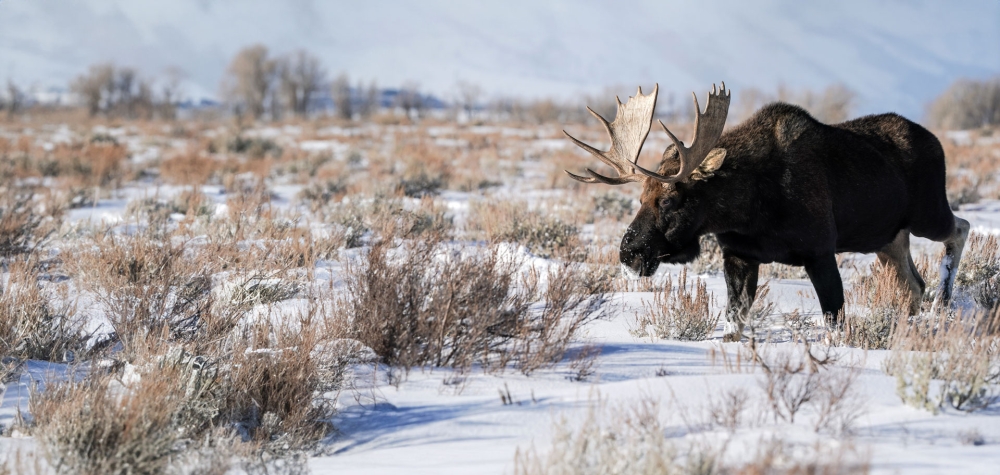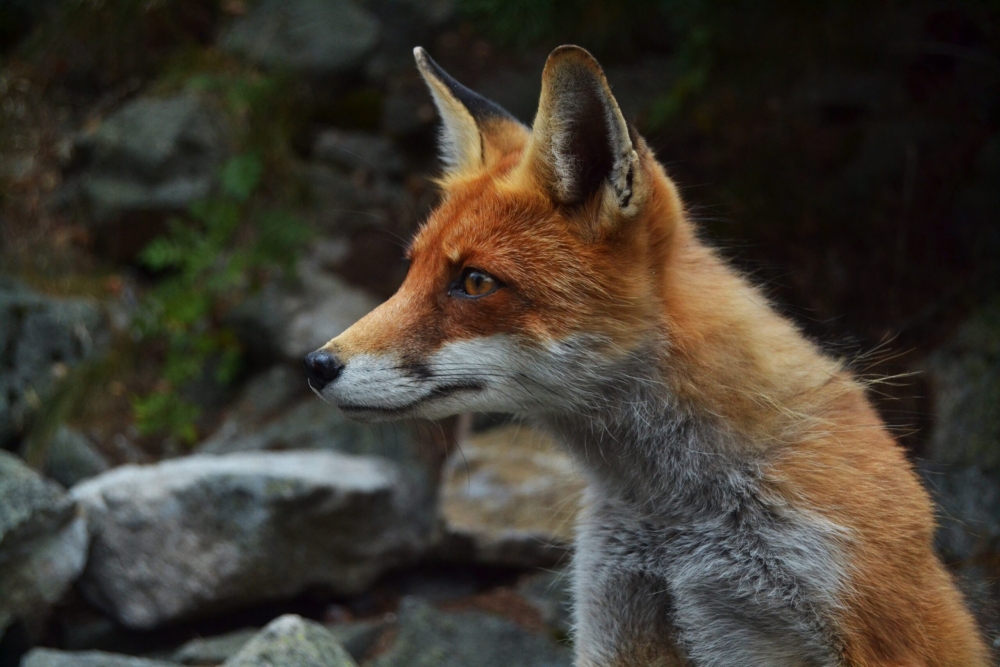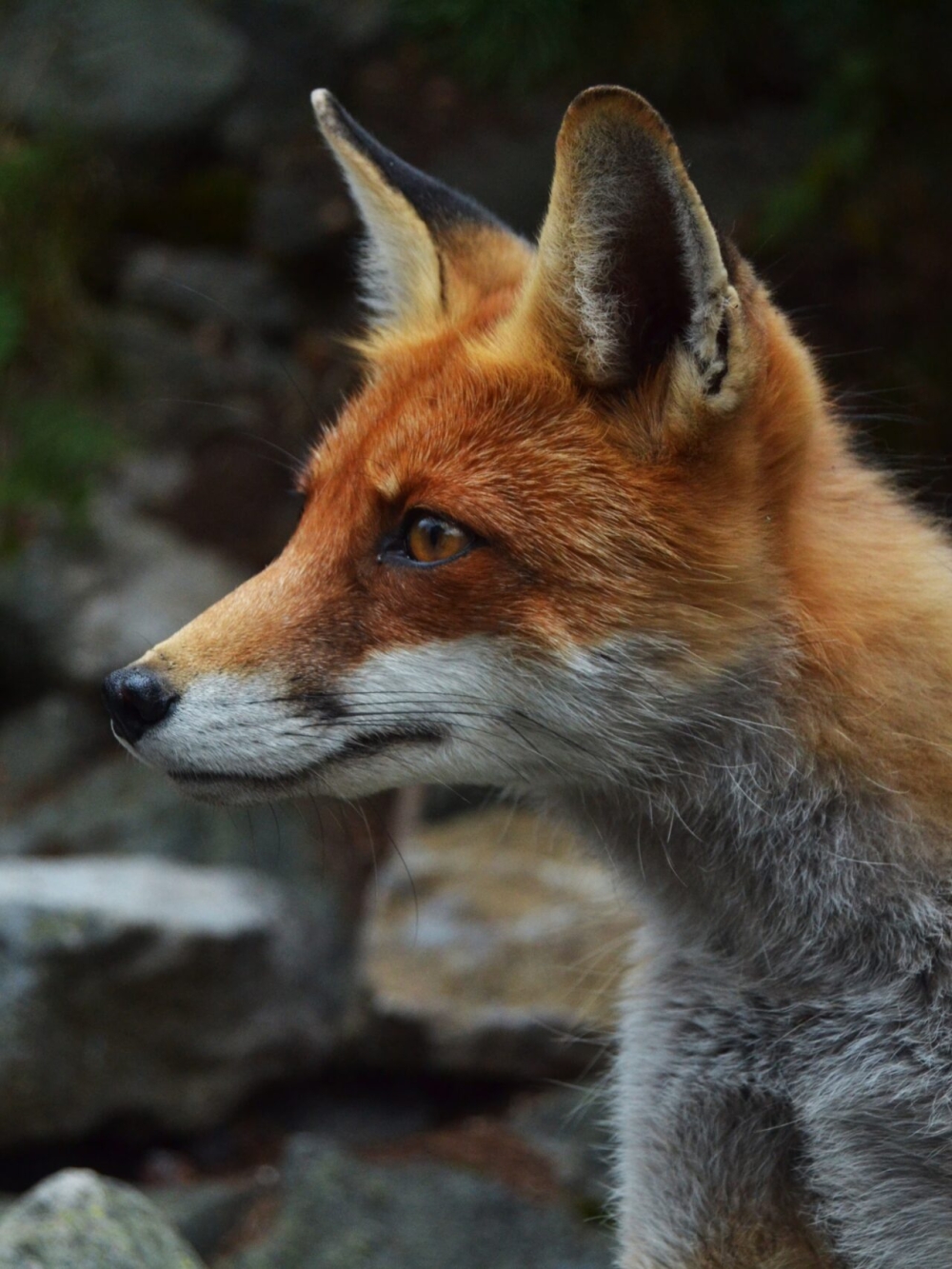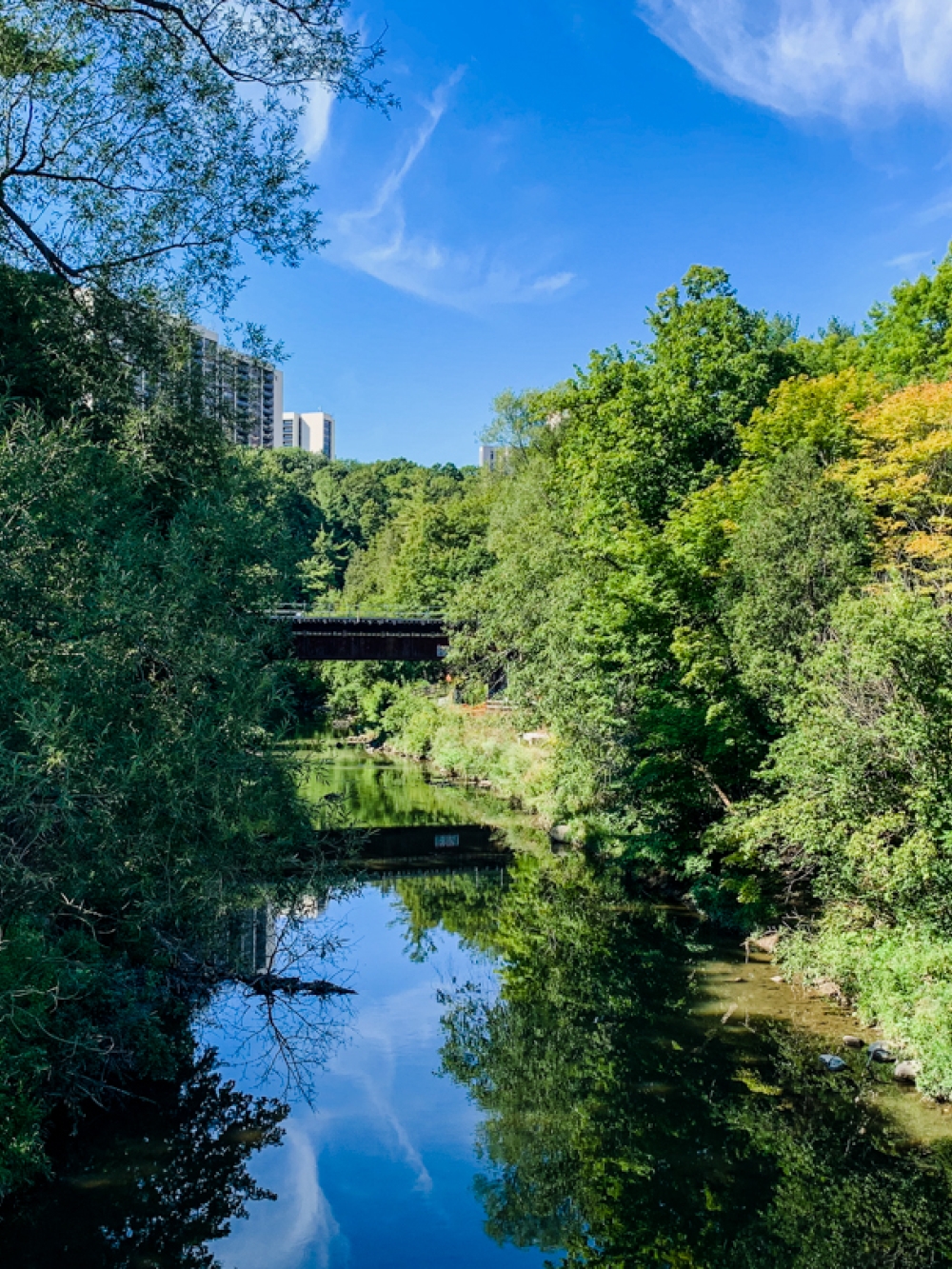Key terms

Mammals
Mammals are warm-blooded animals with backbones that feed their young with milk (i.e., red fox, linx, moose).

Furbearers
Mammals that are trapped commercially for their fur (i.e., racoon, skunk, red fox).

Hooved mammals
Large mammals that are important for recreational hunting (i.e., deer, moose, caribou).
Why study wildlife?
Mammals and their habitats are important to Indigenous people and local communities, and some are also protected by federal and provincial legislation. By conducting mammal studies to determine their locations, migration routes, numbers and habitats, Alto's planners will better understand how these might change while building and operating the new railway, and what’s needed to protect mammals and their habitats.

What do wildlife tracking studies involve?

Wildlife tracking field studies involve establishing present conditions and identifying and describing those conditions.
- documenting mammal footprints in fresh snowfall (one to six days old)
- Identifying and describing the tracks, locations, numbers and habitat
- Studying how mammal locations, numbers and habitat may change as a result of building and operating the new railway
- Developing measures to avoid or minimize potential negative effects




